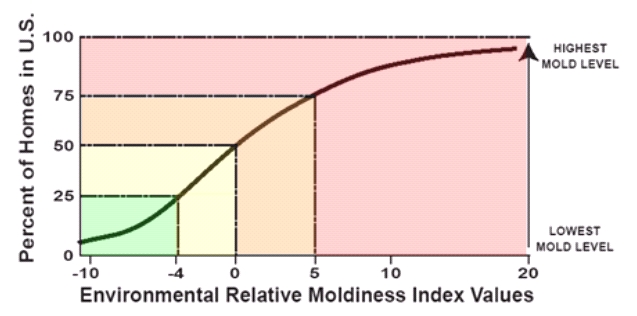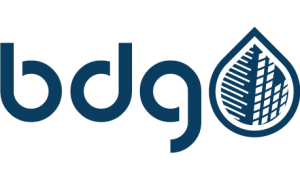What is ERMI?
The ERMI test is a DNA-based mold identification tool developed by scientists at the US Environmental Protection Agency (EPA). ERMI is an acronym for Environmental Relative Moldiness Index and is based on leading DNA scientific technology, Quantitative Polymerase Chain Reaction (MSQPCR). This testing provides for rapid, reproducible results that can be reliably interpreted. Used by professionals for mold detection in homes, businesses, schools and hospitals, the ERMI test offers unparalleled specificity, sensitivity and accuracy. Leveraging the same DNA based technology has revolutionized forensic water impact investigations.
The ERMI test involves the analysis of dust from a dwelling. The ERMI report includes the detection and concentrations of 36 mold species along with the ERMI value itself. This provides a single number to rank the “moldiness” making it easy to compare the results to the Environmental Relative Moldiness Index (ERMI), a national database of 1100 homes across the US, developed as part of the HUD American Healthy Survey.
The mold index is the difference between Group 1 and Group 2 found in a building. The computer ERMI values are graphed from lowest to highest. The scale ranges from -10 (low moldiness) up to 20 (high moldiness). The percentages of dwellings that fall into different ERMI percentages is as shown below. For example, an ERMI score of 10 is in the top 25% of homes for relative mold burden.

Why ERMI is better?
Maintaining a safe indoor environment includes regular inspection for molds with known health hazards. Using the ERMI test, one can accurately assess the extent of a potential mold problem, and help the building owner proactively make sound decisions relating to test results. The ERMI test offers several advantages over traditional mold screening methods. Carpet dust acts as a reservoir for mold spores and is more representative of mold levels over time versus traditional short-term air samples. Additionally, the use of a DNA-based method allows for increased precision of mold identification to help the consultant determine the current condition of a property or assistance healthcare providers in the proper diagnosis of health conditions relating to indoor molds. ERMI testing protocols use a vacuum to easily collect dust samples, which studies indicate may be a better surrogate of longer-term exposure. DNA testing uses genetic probe technology to detect mold species and spore counts…with 99% accuracy.
The presence of molds in homes, schools and business is of growing concern in the United States. Excessive mold presence hurts property managers and builders in two ways: facility destruction due to mold, and liability lawsuits as a result of its health hazards. Regular inspection for mold helps protect buildings and the people who live and work in them. Mold remediation can be an expensive undertaking – one that can easily threaten the financial viability of real estate investments.
Give us a call for more information or to discuss your next project.

